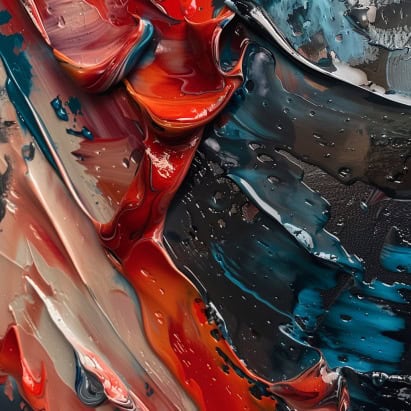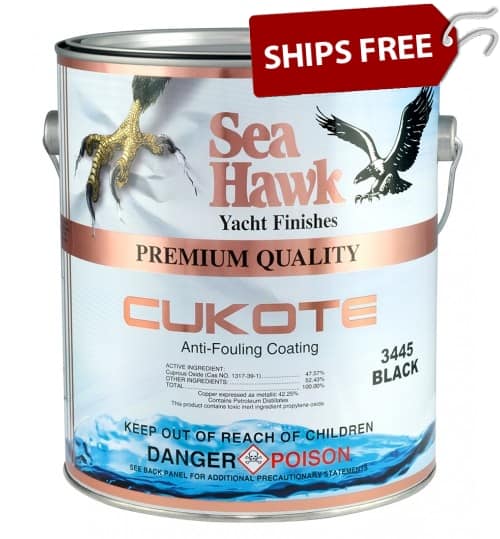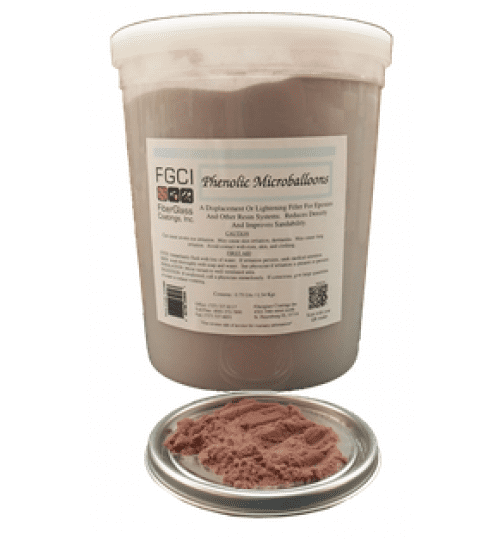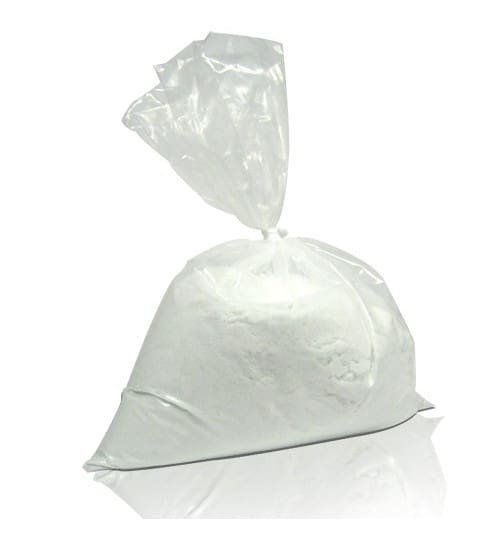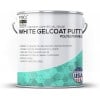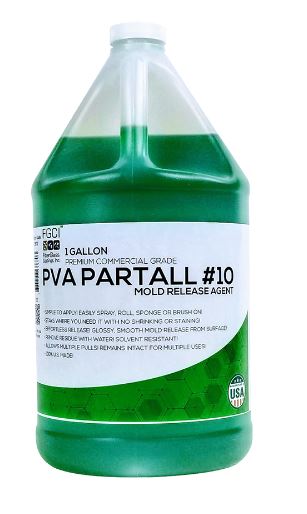When changing the color of your boat’s gelcoat, using pigment agents effectively is crucial to achieving the desired shade.
Here’s how you can use these agents to customize your boat’s appearance:
Choose the Right Pigment Agents: Select pigment agents that are specifically formulated for use with gelcoat. These pigments are designed to blend seamlessly and maintain the durability and UV resistance of the gelcoat. For a variety of pigment options and specific products, check out our Pigments For Gel Coats And Resins
Test Color Mixes:
Before applying the pigment to the entire boat, it’s wise to test the color mixture on a small scale. Mix a small amount of gelcoat with your chosen pigment according to the guidelines provided. This test will help you adjust the color intensity and ensure that it meets your expectations before full application.
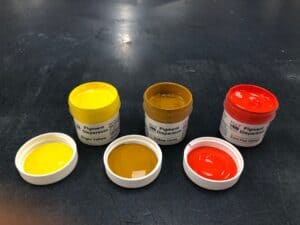
Measure Precisely:
For consistent color throughout your gelcoat, measure the pigment and gelcoat precisely. Consider using a digital scale for accuracy, and follow the manufacturer’s recommendations for pigment-to-gelcoat ratios. Typically, a small amount of pigment goes a long way.
Mix Thoroughly:
To avoid any color inconsistencies, mix the pigment thoroughly with the gelcoat. Ensure that there are no streaks or clumps of pigment. A mechanical mixer can be very effective in achieving a homogeneous mixture.
Apply a Test Patch:
Apply a small amount of the colored gelcoat to a part of the boat that is less visible. Allow it to cure fully according to the gelcoat’s curing instructions. This will give you a real sense of how the color looks when applied and finished.
Adjust if Necessary:
If the test patch isn’t to your satisfaction, adjust the pigment ratio as needed. Adding more pigment will deepen the color, while adding more gelcoat will lighten it.
Apply to the Boat:
Once you are satisfied with the color mix, apply the pigmented gelcoat to the boat using your chosen application method (brush and roller or spraying). Ensure even coverage to avoid blotchy areas.
By carefully selecting, testing, and applying pigment agents, you can achieve a professional and personalized appearance for your boat’s gelcoat. If you need assistance selecting pigments for your gelcoat contact the customer support team at Bottom Paint Store 888-505-2313 or via live chat found at bottompaintstore.com

